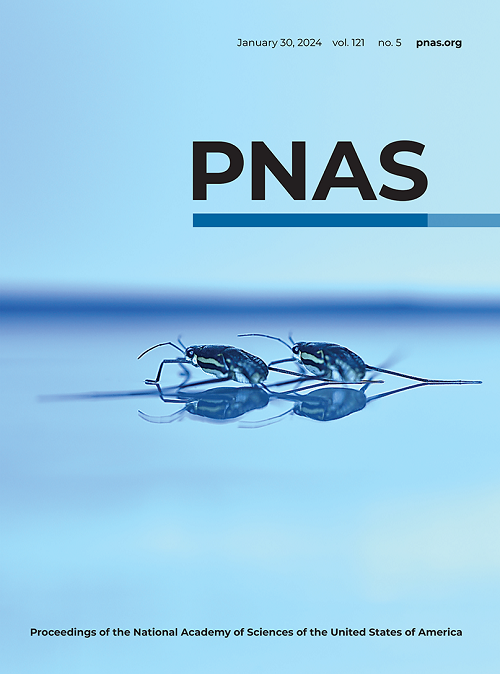生境丧失和破碎化对距离和散度隔离的影响
IF 9.1
1区 综合性期刊
Q1 MULTIDISCIPLINARY SCIENCES
Proceedings of the National Academy of Sciences of the United States of America
Pub Date : 2025-07-28
DOI:10.1073/pnas.2410951122
引用次数: 0
摘要
在更新世期间,自然栖息地在质量、连续性和范围上发生了巨大变化,影响了许多物种的分布。最近,人类活动将连续的栖息地变成了破碎和孤立的斑块。最近的荟萃分析表明,生境丧失和破碎化(HL&;F)对物种的遗传多样性产生了负面影响,但很少有研究分析生境丧失和破碎化对许多物种中观察到的遗传多样性空间分布和距离隔离(IBD)模式(即遗传距离和地理距离之间的相关性)的影响。在这项工作中,我们使用空间模拟来研究在HL&;F环境下,连续栖息地中产生的IBD模式丢失的速度。我们描述了IBD在以下情况下的行为:i)瞬时HL&;F; ii)渐进(两步)HL&;F; iii)瞬时HL&;F后范围扩展。此外,我们证明了基于先前IBD理论结果的空间显式理论框架可以被修改并应用于经过HL&;F的环形垫脚石模型。我们的研究结果表明,IBD模式可以在HL&;F之后维持很长一段时间,从而指出了许多物种遗传多样性中与过去栖息地连通性相关的特征的长期持久性,即使它们经历了重大的,有时是古老的破碎事件。这表明,一些现在仍然表现出明显IBD模式的支离破碎的物种,可能已经在很长一段时间内部分断开,对于具有长世代时间的物种来说,可能是数万年。本文章由计算机程序翻译,如有差异,请以英文原文为准。
The effect of habitat loss and fragmentation on isolation by distance and divergence
Natural habitats have undergone drastic changes in quality, continuity, and extent during the Pleistocene, influencing the distribution of many species. More recently, human activities have converted continuous habitats into fragmented and isolated patches. Recent meta-analyses suggest that habitat loss and fragmentation (HL&F) have negatively impacted the genetic diversity of species but very few studies have analyzed the consequences of HL&F on the spatial distribution of genetic diversity and on isolation by distance (IBD) patterns (i.e., correlations between genetic and geographical distances) observed in many species. In this work, we use spatial simulations to investigate the speed at which IBD patterns generated in continuous habitats are lost in a context of HL&F. We characterized the behavior of IBD in the case of i) instantaneous HL&F, ii) gradual (two-steps) HL&F, and iii) range expansion followed by instantaneous HL&F. In addition, we show that a spatially explicit theoretical framework based on previous IBD theoretical results can be modified and applied to a toroidal stepping-stone model undergoing HL&F. Our results suggest that IBD patterns can be maintained for long periods of time after HL&F, thus pointing to the long-term persistence of signatures associated to past habitat connectivity in the genetic diversity of many species, even if they went through major and sometimes ancient fragmentation events. This suggests that some present-day fragmented species, who still exhibit significant IBD patterns, may have been partly disconnected for very long periods, on the order of tens of thousands of years for species with long generation time.
求助全文
通过发布文献求助,成功后即可免费获取论文全文。
去求助
来源期刊
CiteScore
19.00
自引率
0.90%
发文量
3575
审稿时长
2.5 months
期刊介绍:
The Proceedings of the National Academy of Sciences (PNAS), a peer-reviewed journal of the National Academy of Sciences (NAS), serves as an authoritative source for high-impact, original research across the biological, physical, and social sciences. With a global scope, the journal welcomes submissions from researchers worldwide, making it an inclusive platform for advancing scientific knowledge.

 求助内容:
求助内容: 应助结果提醒方式:
应助结果提醒方式:


